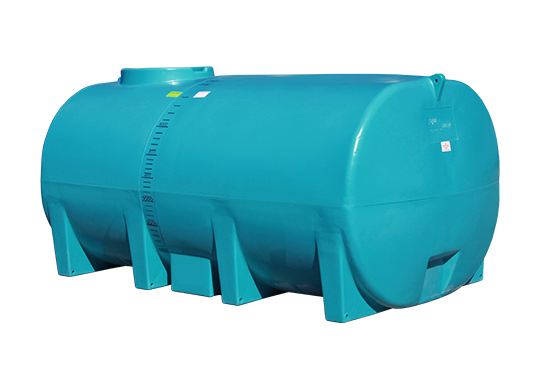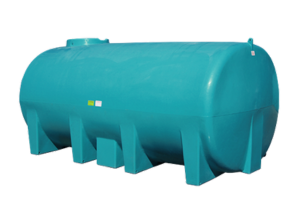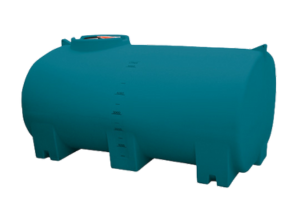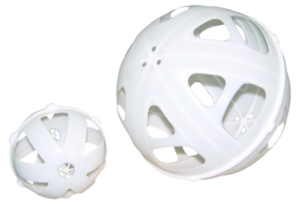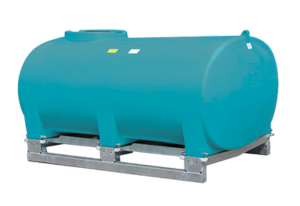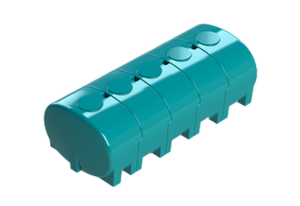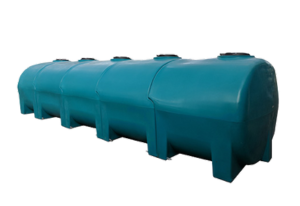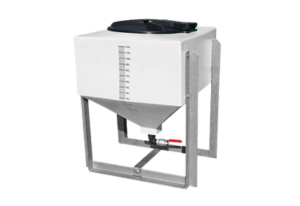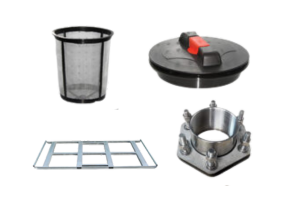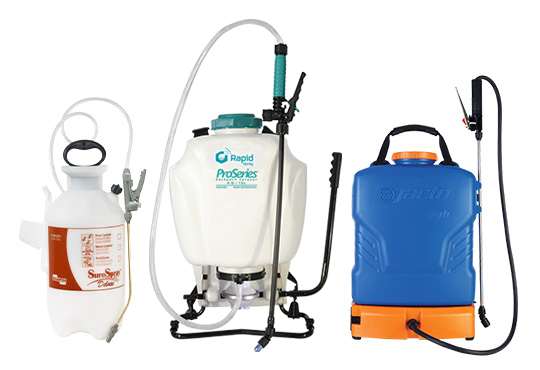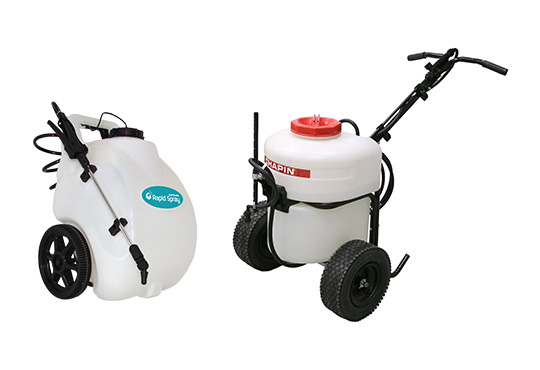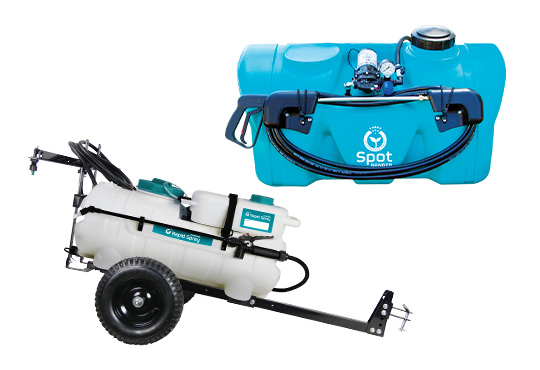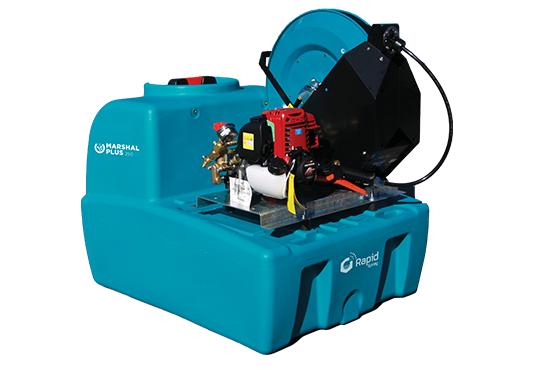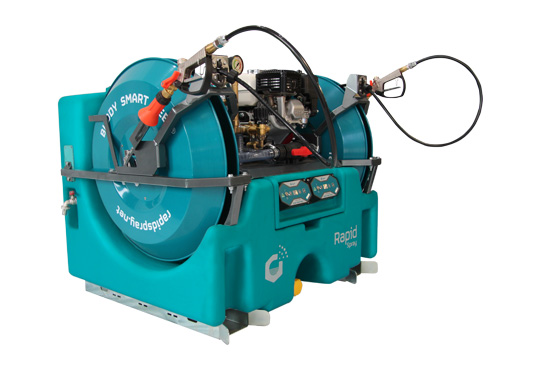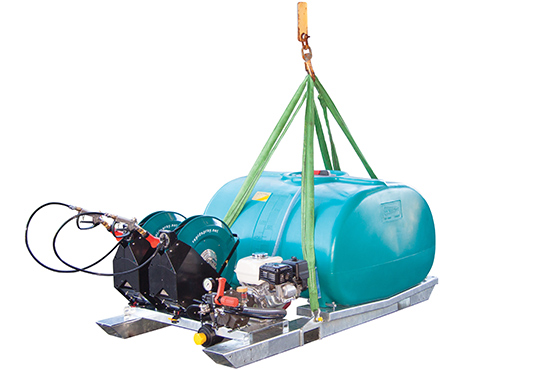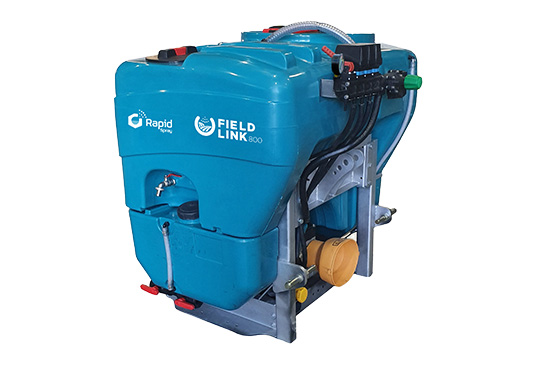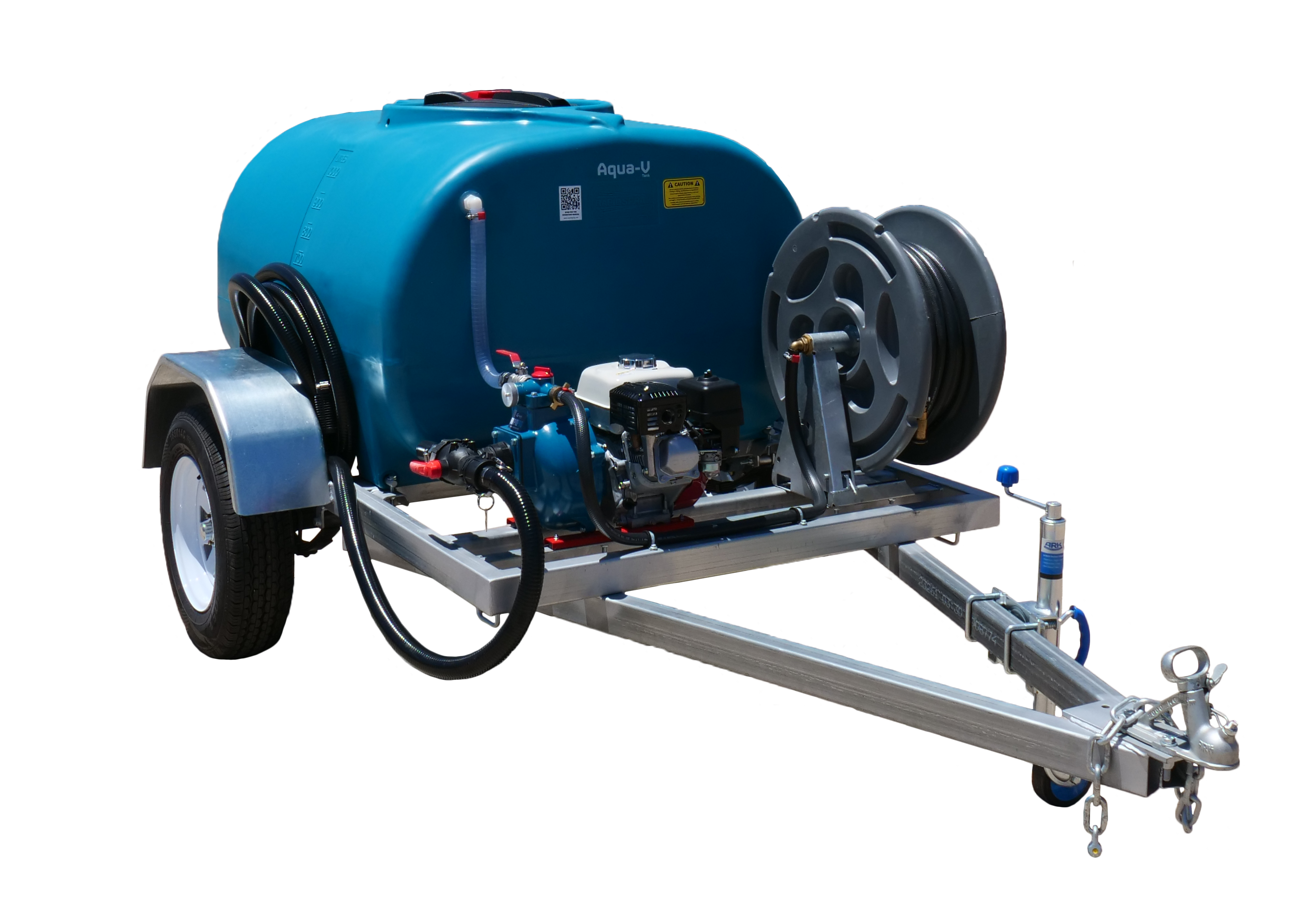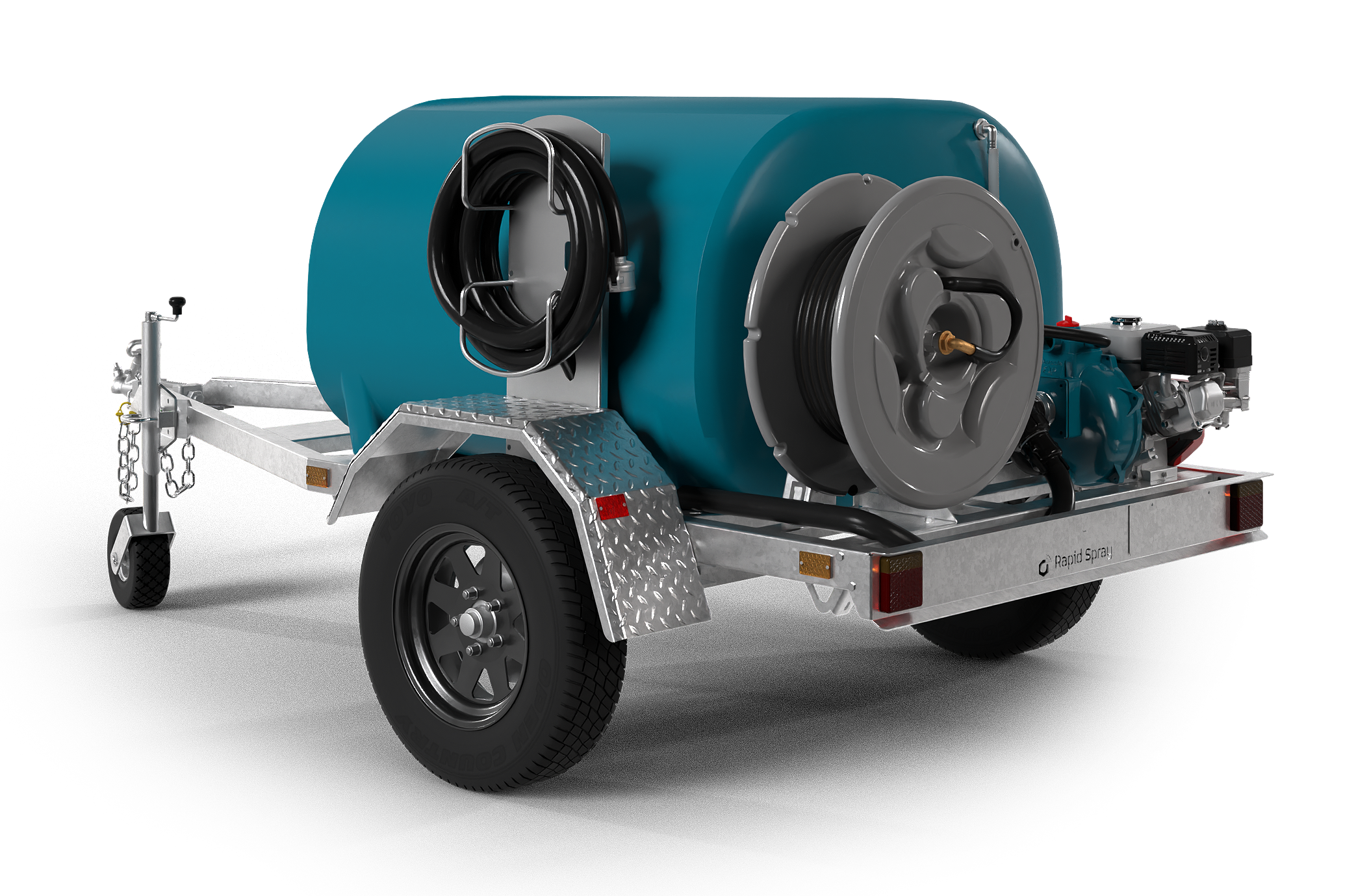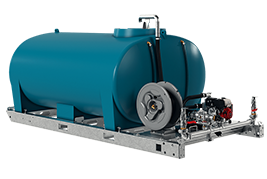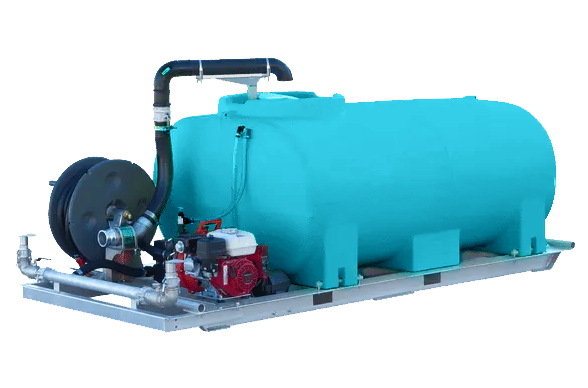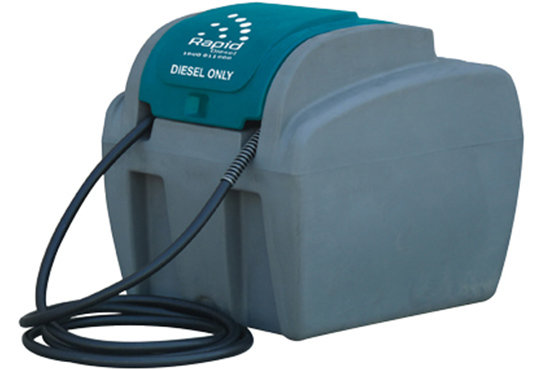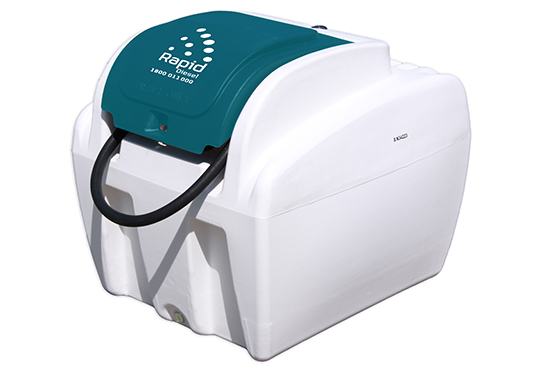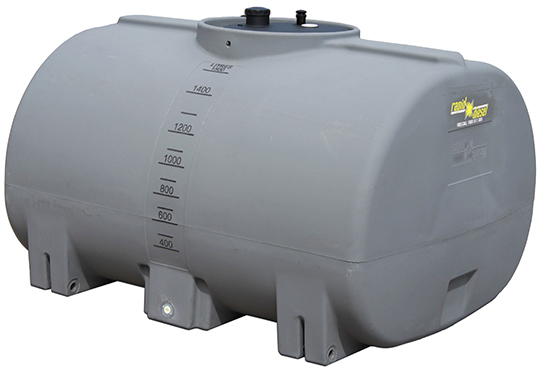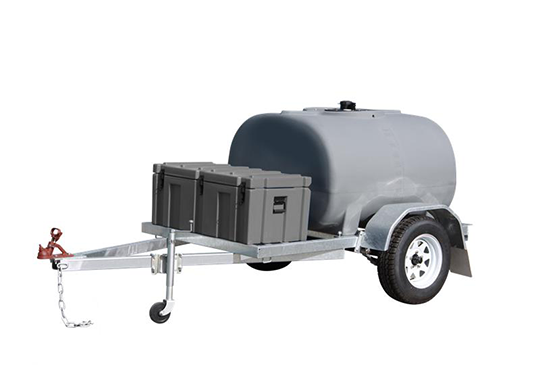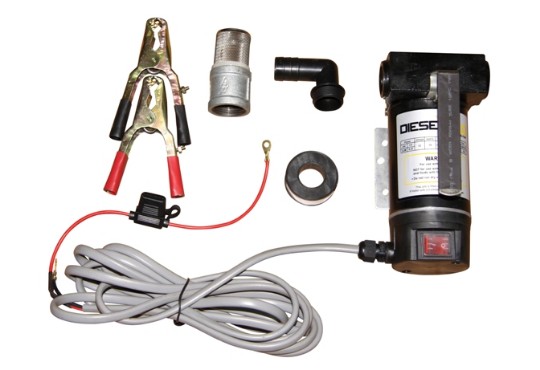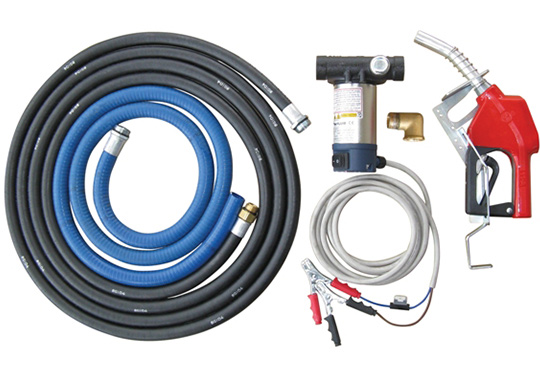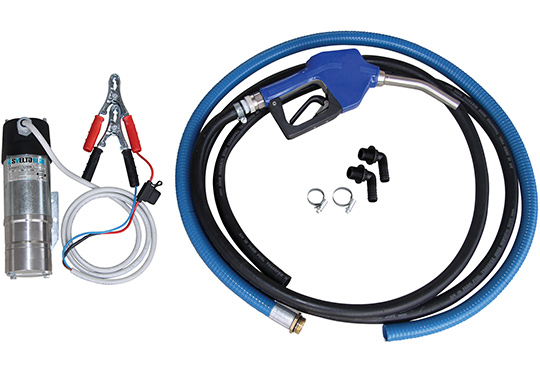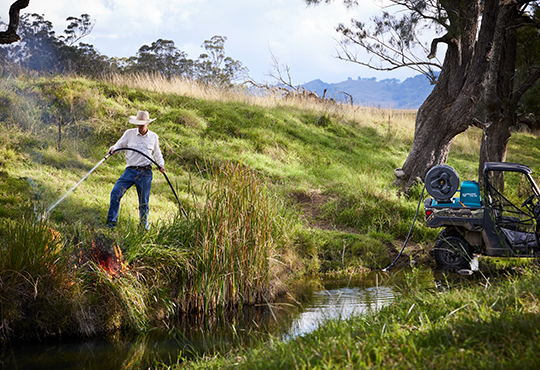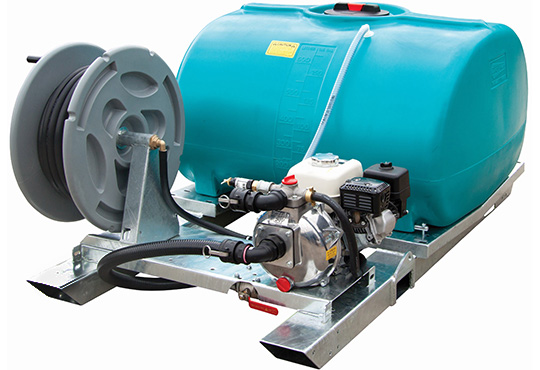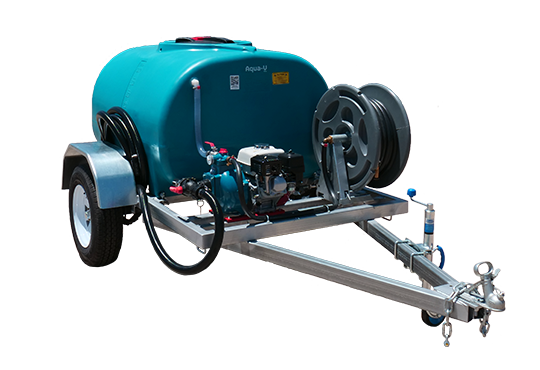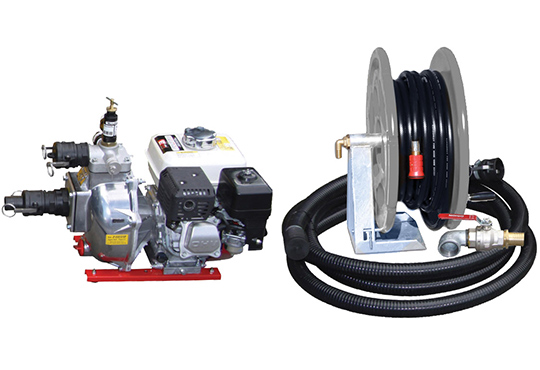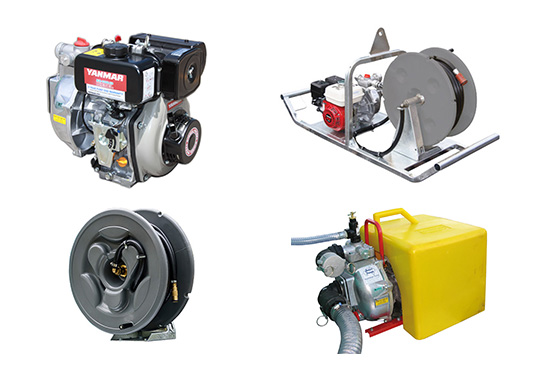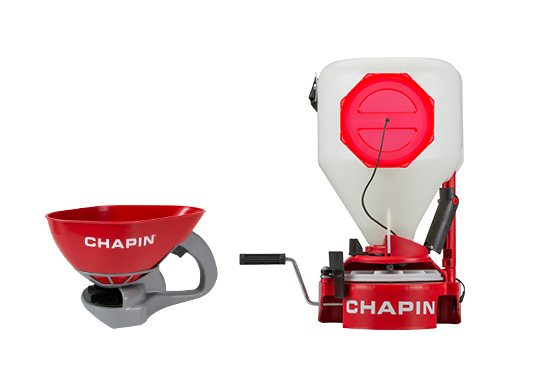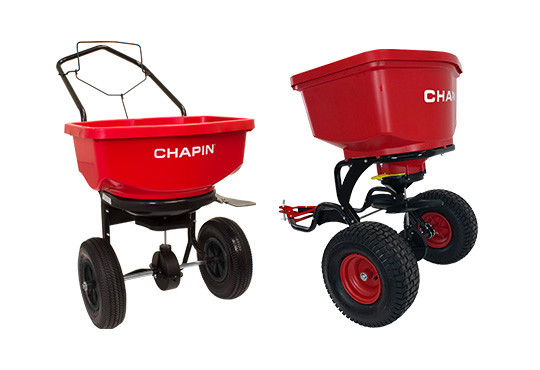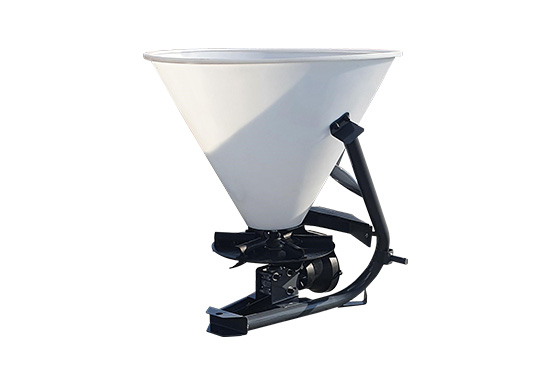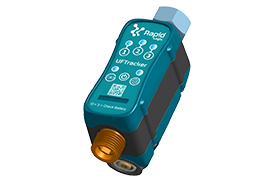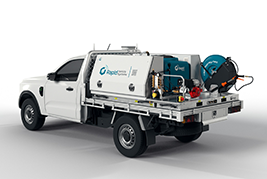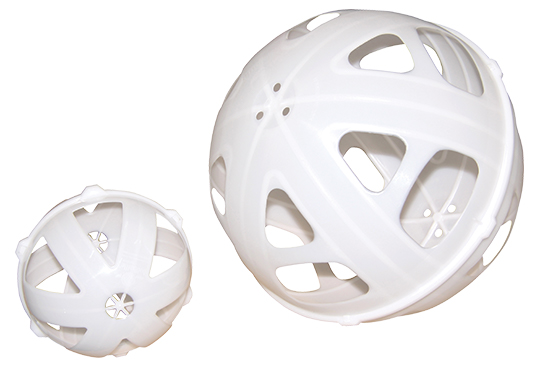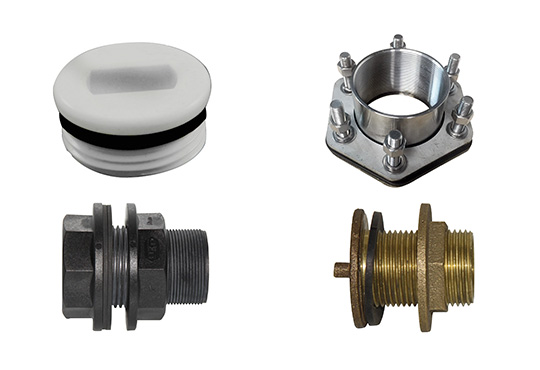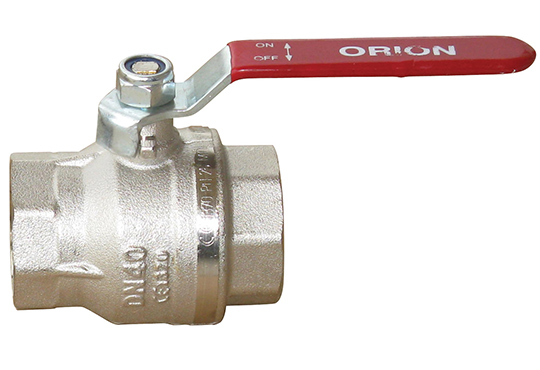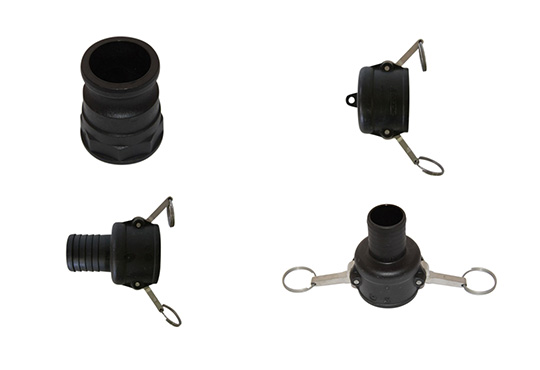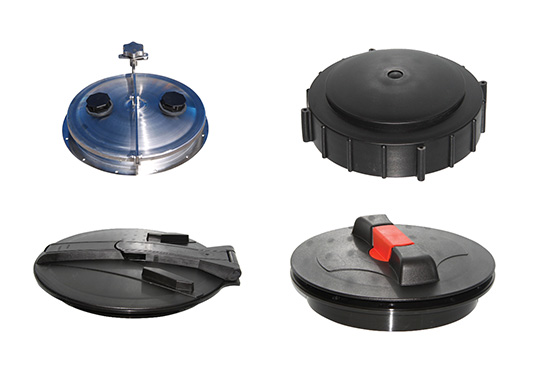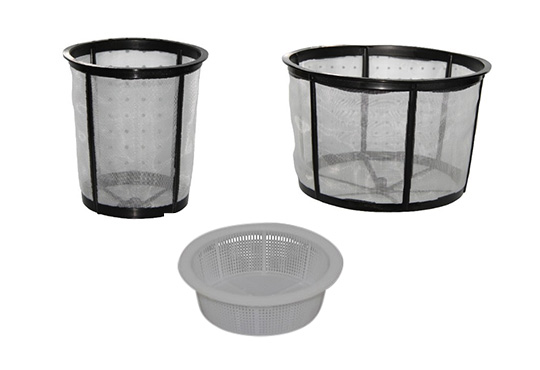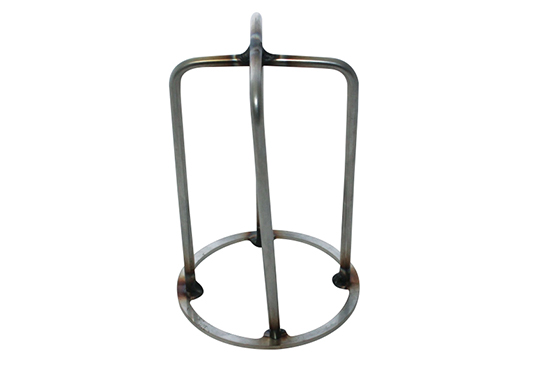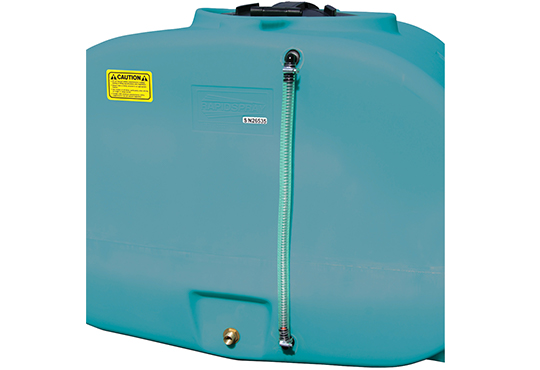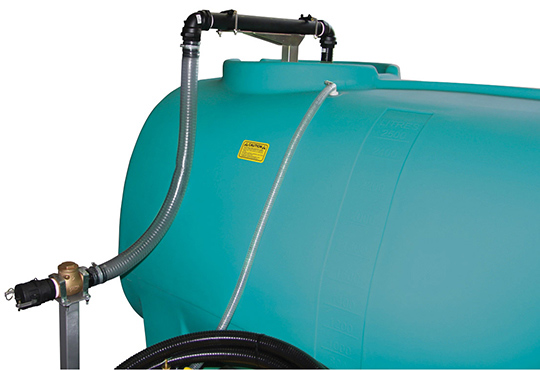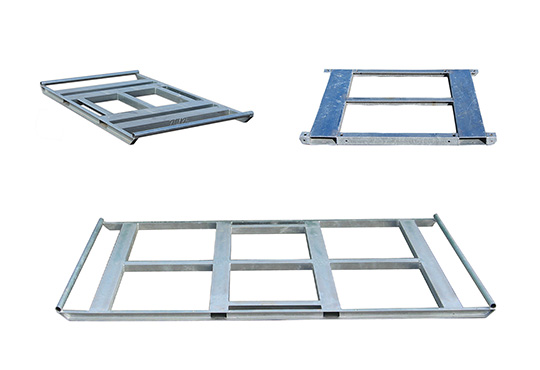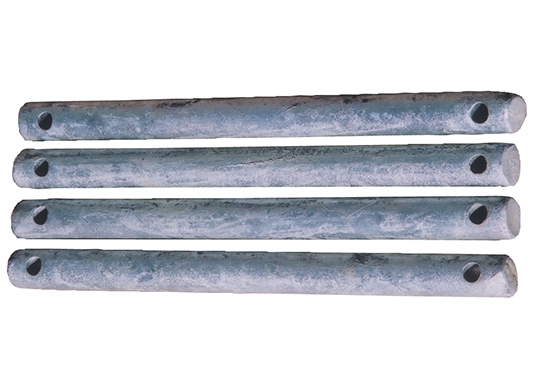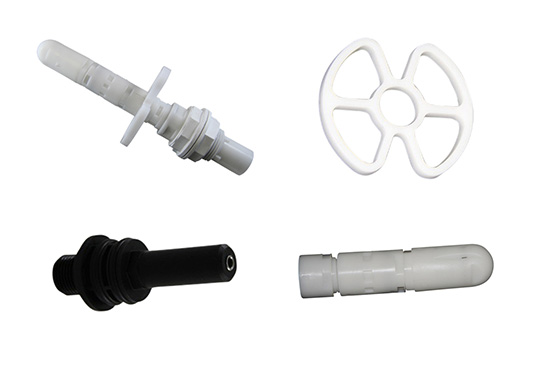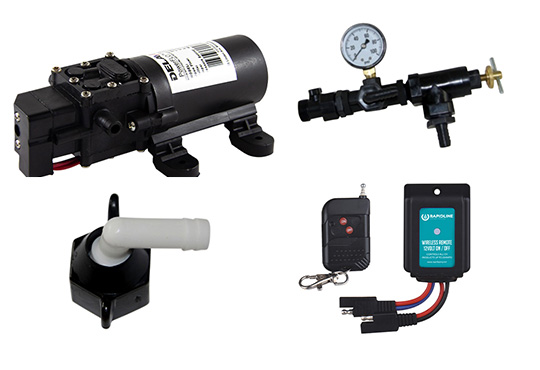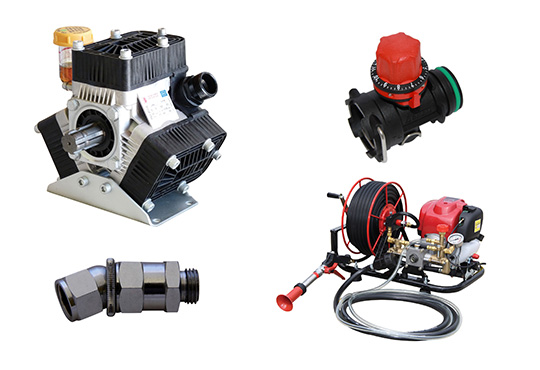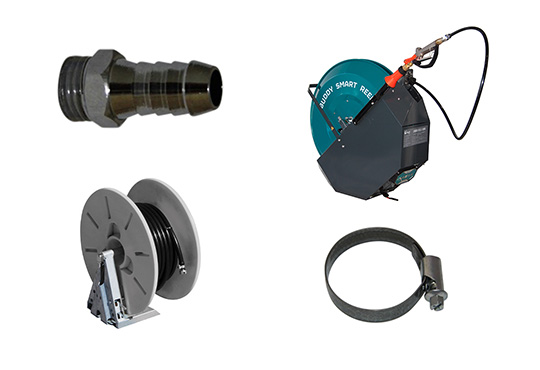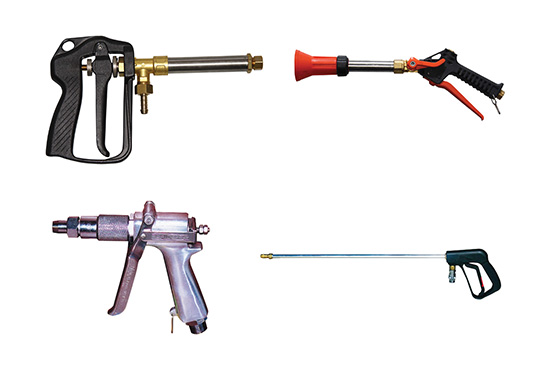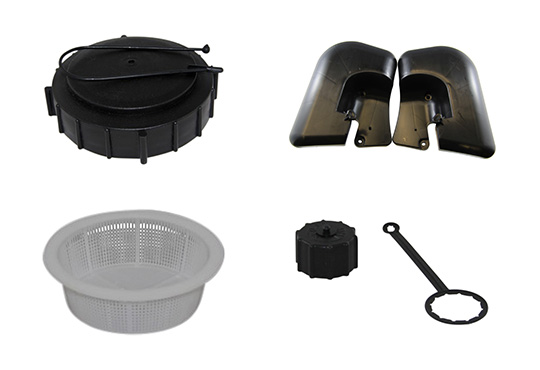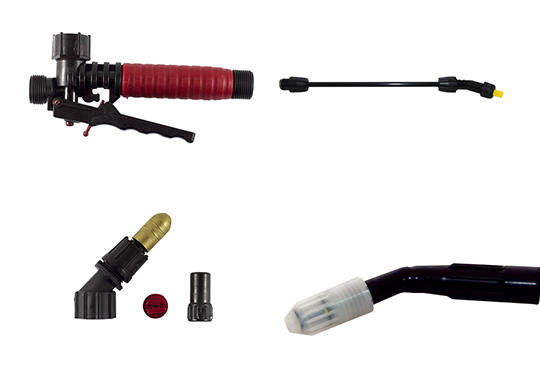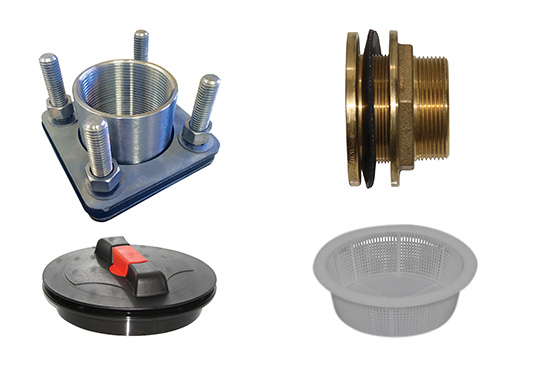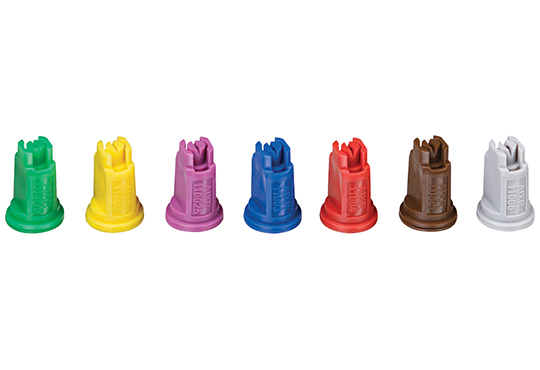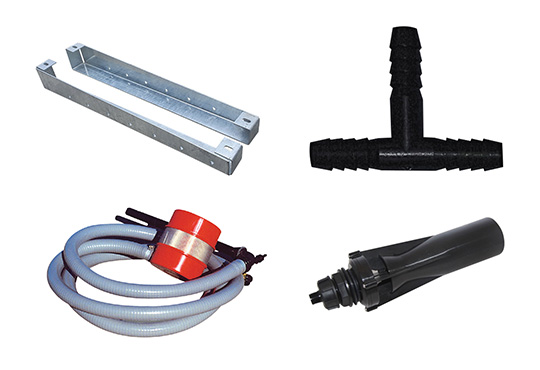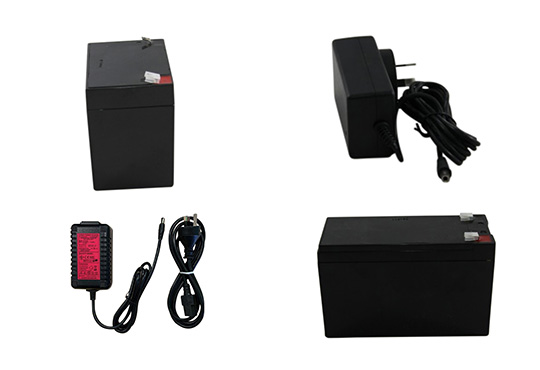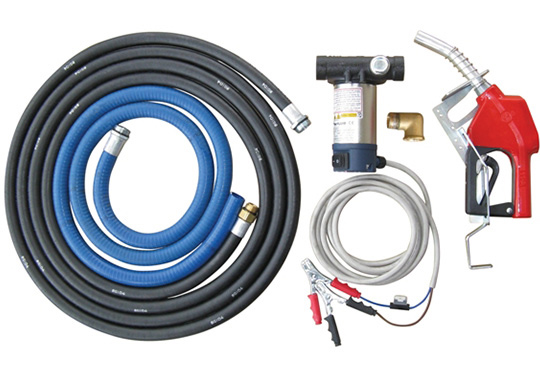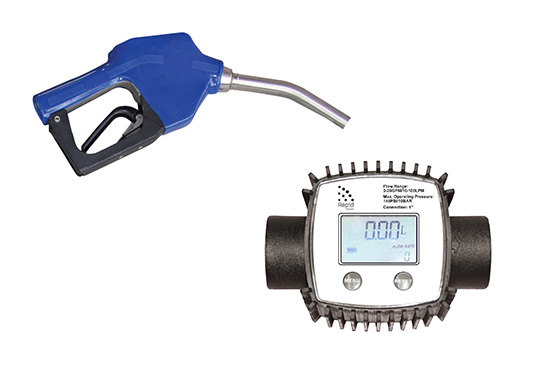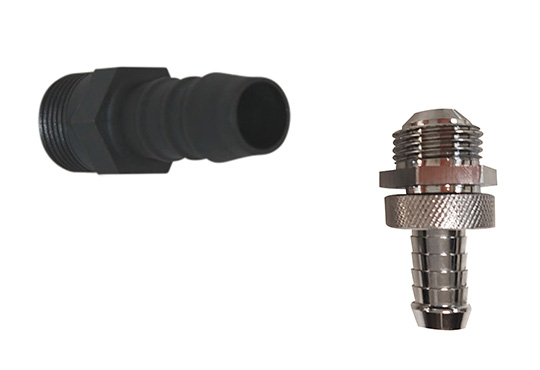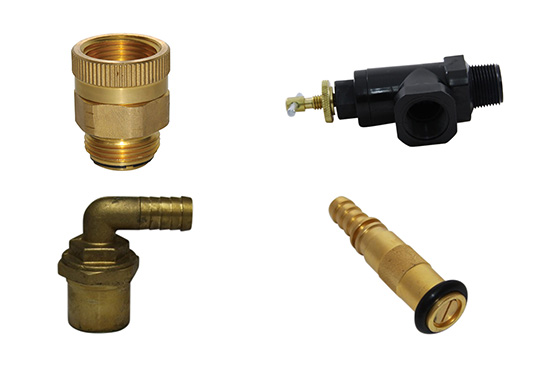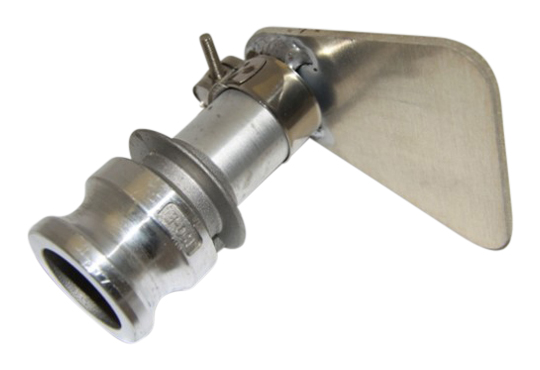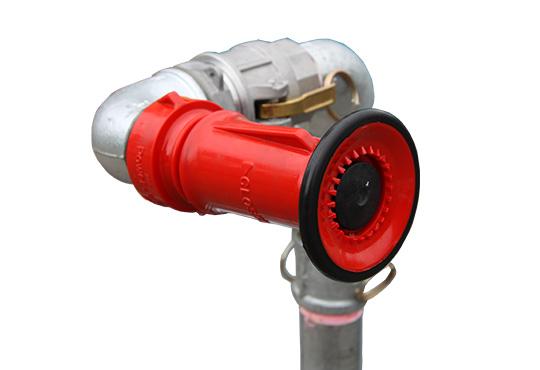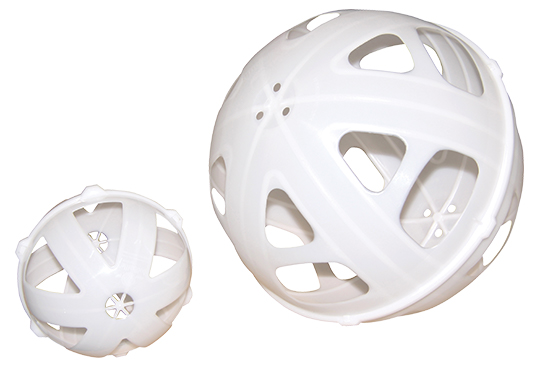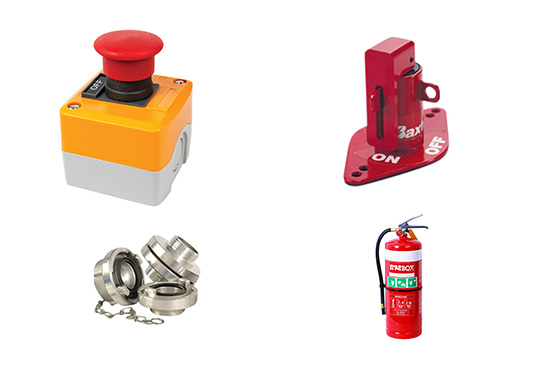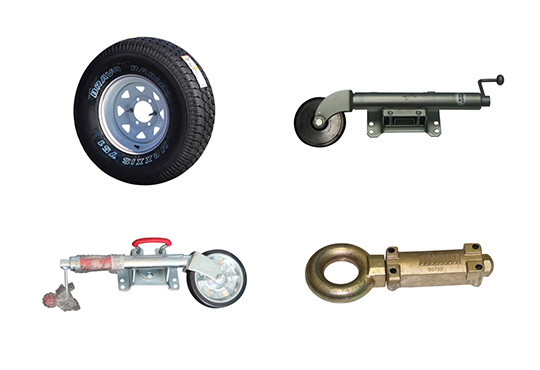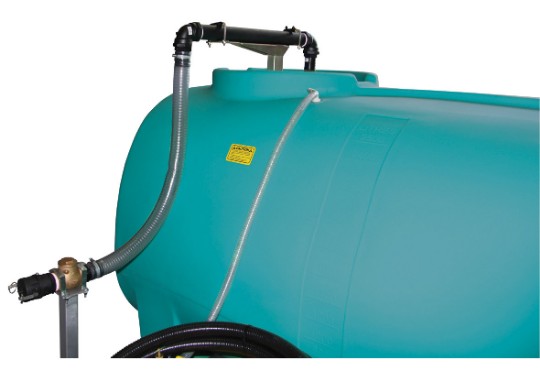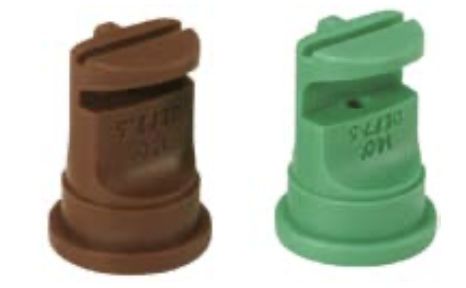
When buying a sprayer a lot of thought goes into what kind and size of sprayer you need/want. However, one crucial part of the sprayer that can get overlooked is the nozzle. While it may seem like a simple thing, having the right nozzle type for the work that is required of it, can and often does make all the difference.
While some people may think a nozzle is just a nozzle, they couldn’t be further from the truth. Though you could forgive them, as there are a fair few different types of nozzles available.

Some of the types of nozzles are:
Standard Flat Fan nozzle which produces a narrow elliptical spray pattern and triangular distribution. When it is mounted on a boom and correctly spaced at the correct height from the target they create a uniform coverage. These nozzles are available in two different spray pattern angles, 80°, and 110°. They are also colour coded for quick identification.
They are mainly used for the broadcast application of pre and post-emergent herbicides, fungicides and insecticides.
Wide Range nozzles that provide the benefits of a consistent 80° or 110° full spray angle across a wide range of pressures from 1-4 bar (15-60 psi). At these pressures it maintains a full spray angle and therefore gives full coverage. Using this wide range nozzle ensures excellent distribution, across the entire spray boom. The wide range nozzle produces a triangular spray distribution, similar to the Standard fan but operates across a wider pressure range. You can also choose the size of the droplet size based on the pressure selected.
Fan Air Ceramic nozzles draw in air to provide large aerated droplets that can shatter upon target impact and disperse rather than bounce. The fan air ceramic induction nozzle has proved a very popular worldwide for many years because it reduces spray drift and is hard-wearing. This nozzle is used for the application of herbicides, fungicides, insecticides and is ideally suited to machines using automatic rate controllers. These types of nozzles are often capable of producing ‘Very Coarse’ droplet size which is now mandatory if you are spraying 2,4-D products. Very Coarse droplets reduce the risk of off-target spray drift damage as they are too heavy to drift far.
Twin Fan Low Drift nozzles have the same specification as the standard low drift but the total flow rate is split with 50% being sprayed 30° forward and 50% 30° backwards. Spraying forward gives improved penetration, and backwards gives an improved deposit on the top of the target. These nozzles are suitable for use on boom sprayers for the application of insecticides, herbicides and for fungicides.
Deflector 140 nozzles as the name suggests have a spray angle of 140°. They are well suited to broadcast spraying with small boom sprayers fitted to all-terrain vehicles. The wide-angle allows the nozzles to be spaced at 1m intervals, greatly reducing the number of nozzles required. The deflector is also suitable to use with a knapsack sprayer.
While there are many more nozzles that could be listed. These ones are some of the more commonly used across the globe. However as technology is upgraded and industries evolve and change over time, do not be surprised if in the future we begin to see more effective and efficient nozzles being offered.




